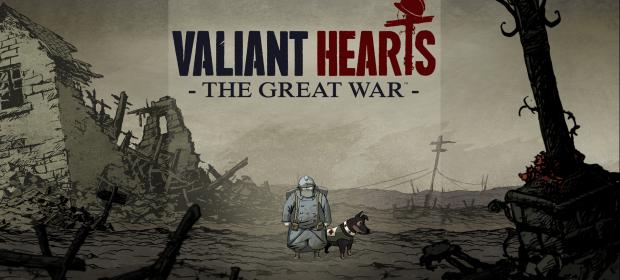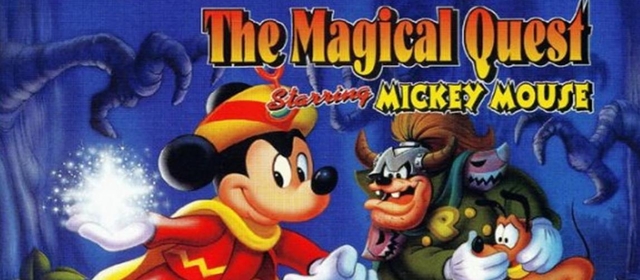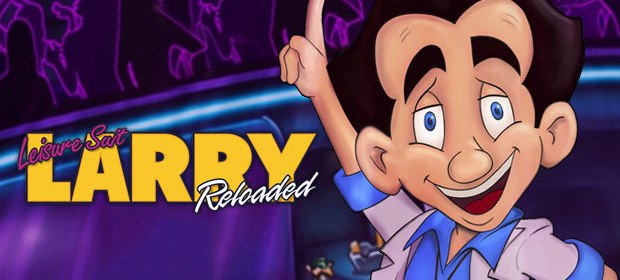Towards the end of 1995, a small start-up video game developer named Virtual Adventures produced the space combat title Star Quest I in the 27th century. The game was self-published, entirely developed off the own backs of the team and sold directly too. The title garnered them quite a level of fame with hardcore PC gamers and led to the company signing a one-game publishing deal with Infogrames. Despite releasing another game named Stellar Mercenaries in 1997, Star Quest 2 was the game that Virtual Adventures really wanted to make.
So in 1998, production began on the sequel - which had ambitious plans to expand the game from a simple 3D space shooter, into a complex real-time strategy and space combat hybrid. They even had a full demo produced and running by 1999, but a lack of funding and no publishing deal unfortunately meant that the game had to be put into an indefinite hold - and sadly Virtual Adventures moved away from directly developing games and into the consultancy arena.
But as well all now know, the PC gaming environment has changed dramatically, and with crowd-funding websites like Kickstarter, small developers and individuals can now showcase their ideas and products directly to the fans that would be buying their games. This has led to Virtual Adventures finally being able to revive their hybrid game idea and Star Quest 2 has once again had new life breathed into it.
The main selling point of the title is that not only will it be a fully-realised real-time strategy game, where warring alien races from across the galaxy compete to conquer worlds, but also a direct combat game. Players will be able to build their armies and manage resources, directing battles from above as a Commander, but then also jump into the shoes of a ground troop or space pilot and get down and dirty in the action of a dogfight.
Part of the story behind the title is that the warring factions have tried to develop new ways of fighting, and new technology, in order to gain an edge over their enemies. This has led the most advanced races to eschew normal manned space ships and turrets, and to have entire armies of robotic drones and computer-controlled ships, all directed by one Commander in the Mothership. This has meant that as much as the actual battles themselves being important, the capturing of resources and manufacturing of technology has become just as important. Those who control the production and supply of war crafts, control the war.
So the foundations for a strong army in Star Quest 2 are built upon resource management and planning. This if, of course, very much in the mould of many popular real-time strategy titles. In Command & Conquer, for example, armies always relied on the successful harvesting of Tiberium, and here is no different. But what is different is how to fight when the player actually decides to go into war - which is very much their own path to choose, with the choice left to the player of what Solar Systems to explore and what strategy to employ to conquer each of them.
When you enter the battlefield as it were, you begin with an overview of the conflict, and take on the role of a Fleet Commander. Here you can mobilise units and give out orders - strategising and maneuvering your troops. This is very much as you would expect from an RTS. The game gets really different however when you realise that after sending out troops, you can then warp directly into the cockpit of one of the many warships at your disposal (ranging from four up to twenty-five, depending on the mission), or into a gunner who is trying to shoot down enemy ships from his gun emplacement.
You can actually get down onto the battlefield yourself and influence the direction of the battle, rather than simply sending out your troops and waiting to see how well they fare. This is an added dimension to the RTS formula, and lets gamers have a lot more input and say into how a battle will play out. No longer will you have to curse poor AI for not flying your ships well enough, as you can fly them yourself. And if you think your gunner isn't accurate enough, you can become him and show everyone how it should be done.
The game isn't only battles either. There are a variety of ground-based missions to take on, such as scavenging for resources and even racing against enemies and friends, to see who has the fastest fleet. Add to that the fact that there will be online multiplayer modes - which are very much focused on co-operative play, where one user could be a commander and others be ground troops - and there is a lot that will excite fans of the genre in Star Quest 2.
The game may not boast the stunning visuals of a Starcraft title, or the big-name actors that have peppered recent Command & Conquer games, but Star Quest 2 is looking to produce a new breed of real-time strategy game, where hands-on action is placed at the forefront. Not only that, but player choice is placed on a pedestal and gamers will really be able to carve out their own specific experience, based on their playing style and preferences. It may have taken almost a decade and a half to see the light of day, but Star Quest 2 still has plenty of fresh ideas.
If you wish to support the Star Quest 2 Kickstarter please click here. On their official Kickstarter appeal page, the developers have posted both a video of the original demo from 1999, and some new and exciting footage from the updated version of the game. These videos can be found below:
New footage:
1999 Demo footage:

































